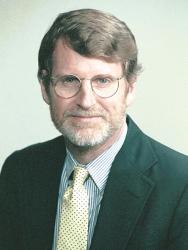ABSTRACT
The trend toward earlier and earlier retirement was one of the most important labor market developments of the twentieth century. It was evident in all the major industrialized countries. In the United States, however, the trend toward earlier retirement came to at least a temporary halt in the mid-1980s. Male participation rates at older ages have stabilized or even increased slightly. Older women?s participation rates are clearly rising. This paper examines the environmental and policy changes contributing to the long-term decline in the U.S. retirement age as well as developments that contributed to the recent reversal.
The dominant source of earlier retirement was the long-term increase in Americans? wealth, which permitted workers to enjoy rising living standards even as they spent a growing percentage of their lives outside the paid work force. The expansion of Social Security pensions and of employer-sponsored pension plans and the introduction of mandatory retirement rules also encouraged earlier retirement over much of the last century.
Many public policies and private institutions that encouraged early retirement have been modified in recent years. Mandatory retirement has been outlawed in most jobs. Social Security is no longer growing more generous, and worker coverage under company pension plans is no longer rising. Both Social Security and many private pensions have become more “age neutral” with respect to retirement. Public and private pension programs now provide weaker financial incentives for workers to retire at particular ages, such as age 62 or age 65, and offer stronger incentives for aging workers to remain in the labor force. The paper outlines additional policies that could encourage later retirement. An open question is whether such policies are needed. Rising labor productivity and increased work effort during the pre-retirement years mean that Americans can continue to enjoy higher living standards, even as improved longevity adds to the number of years that workers spend in retirement. If opinion polls are to be believed, most workers favor preserving the institutions that allow early retirement even if it means these institutions will require heavier contributions from active workers.


